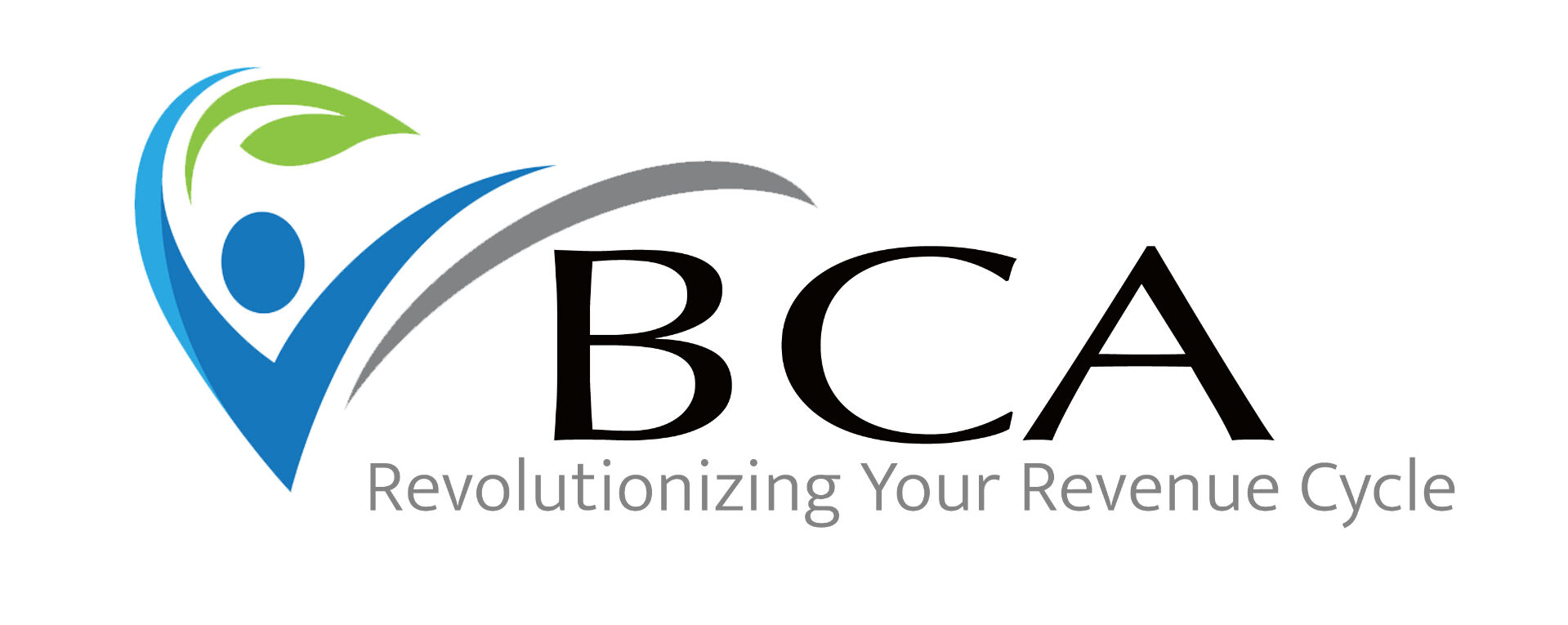In today’s healthcare landscape, quality improvement (QI) initiatives are critical for meeting value-based payment incentives. For most clinics, primarily Federally Qualified Health Centers (FQHCs), aligning these efforts with key performance standards can improve care and financial stability. In this post, we’ll cover how to design QI initiatives that support value-based payment goals, how eCQM (electronic Clinical Quality Measures) aligns with UDS (Uniform Data System) and Healthy People 2030, and tips for choosing the right measures for success.
Designing Quality Improvement Initiatives for Value-Based Payment Incentives
Creating QI initiatives that align with value-based payment incentives involves identifying quality metrics that impact financial rewards. Here are a few strategies:
Focus on High-Impact Metrics: Select metrics tied to common chronic conditions (like diabetes or hypertension) or preventive care (such as cancer screenings) with high patient impact and potential for financial incentives.
Integrate with Clinical Workflows: Design quality initiatives that fit seamlessly into daily clinical workflows. For example, setting up prompts within the EHR to document specific quality measures can streamline provider compliance.
Prioritize Patient Outcomes Over Process Measures: Although process measures are important, patient outcome measures often carry more weight in value-based models. Consider QI initiatives that focus on improving outcomes like blood pressure control or A1c levels in diabetic patients.
How eCQM Measures Align with Healthy People 2030
Healthy People 2030 outlines national health objectives that align with eCQMs. Here’s how clinics can use this alignment:
Focus on Preventive Health Goals: Healthy People 2030 emphasizes preventive care, such as routine screenings and immunizations. Aligning QI projects with these priorities improves patient outcomes and aligns with metrics that can improve reimbursement under value-based care.
Addressing Social Determinants of Health (SDoH): Healthy People 2030 highlights SDoH, which clinics can incorporate using eCQMs to track factors like access to care, economic stability, and health literacy. Clinics that address SDoH through QI initiatives often see enhanced patient engagement and outcomes.
Using a Population Health Approach: eCQM measures that support population health goals align with Healthy People 2030’s focus on reducing health disparities. Clinics can also enhance their performance on value-based payment metrics by focusing on population-level improvements.
FQHC Specific: How eCQM Measures Align with UDS Reporting
UDS is a core reporting requirement for FQHCs, and many of its metrics align closely with eCQM measures. Here’s how they overlap:
Standardized Reporting Across Metrics: Both UDS and eCQM focus on clinical quality and patient outcomes, especially for chronic and preventive care. This alignment makes it easier to use eCQM data to satisfy UDS requirements.
Patient-Centric Data Collection: UDS and eCQM encourage clinics to capture demographic data that can provide insights into social determinants of health, which is crucial for quality improvement in FQHCs.
Funding Alignment: By focusing on eCQM measures that align with UDS metrics, FQHCs can position themselves for additional funding opportunities based on high-quality care delivery.
Tips for Selecting the Right Quality Measures in Value-Based Models
Choosing the right quality measures is essential for performance under value-based models. Here’s what to keep in mind:
Prioritize Outcome-Based Measures: Value-based models reward improved health outcomes, so select measures that show clinical improvements, like control rates for hypertension or diabetes.
Balance Cost and Impact: Choose measures that demonstrate a high return on investment in terms of both patient outcomes and financial incentives, focusing on high-volume conditions.
Collaborate with Payers: Work with payers to understand which measures have the most substantial incentives and prioritize those within your QI initiatives.
These tips can help align QI efforts with value-based incentives to enhance patient care and strengthen financial performance.
At BCA, we offer auditing and consulting services to support your practice in maintaining compliance and enhancing the quality of care. Documentation review starts at $499 per clinician. Please contact us at info@bcarev.com to learn more about our tailored solutions and how we can help you optimize your quality initiatives.
